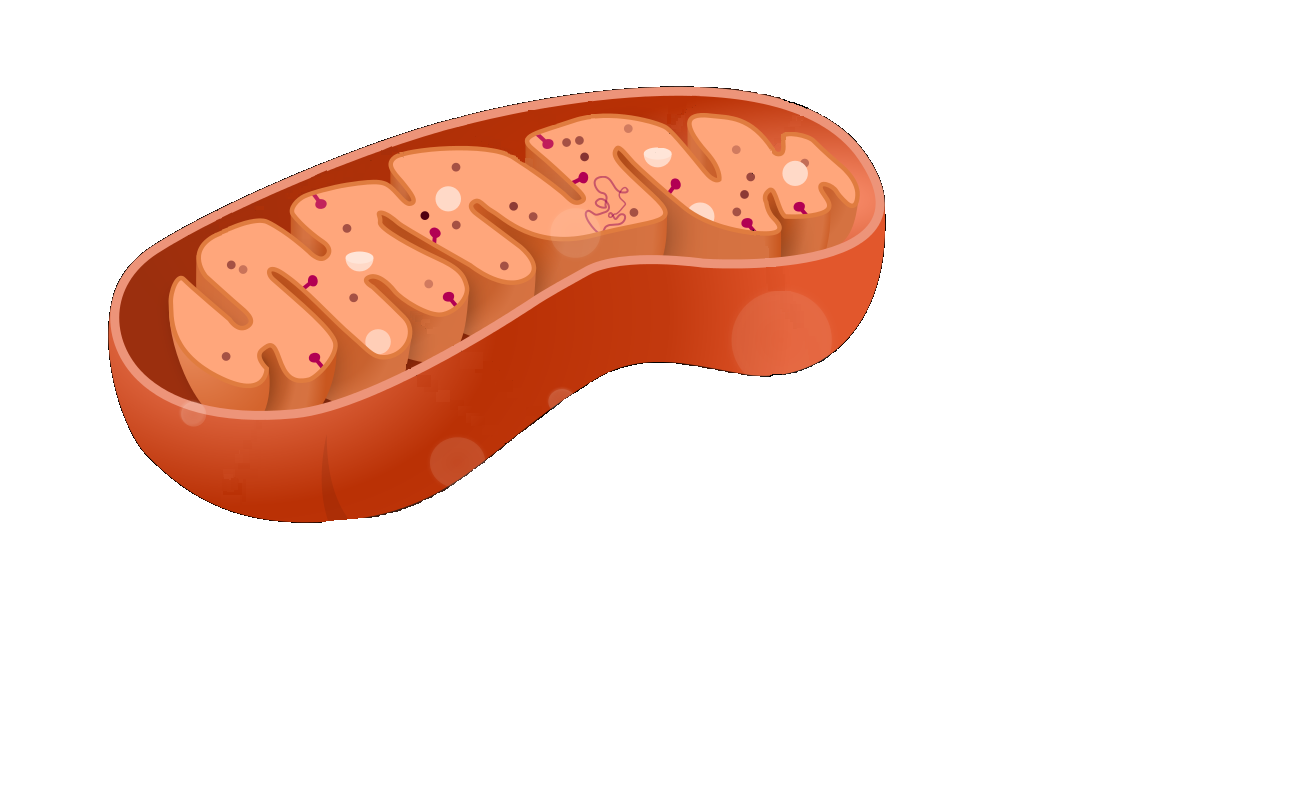Note that your final mark will not be saved in the system.
E5–E6 Adaptations and Additional Factors Typeit
Type the correct answers into the spaces. Fill all the spaces before clicking ‘Check Answers!’

Exercise training over the long term will result in to different energy systems. This is dependent on the intensity of exercise undertaken. High-intensity exercise, which focuses predominantly on anaerobic energy production, will result in the greatest adaptations of anaerobic energy systems (i.e. the lactate and systems). Endurance-based exercise, which is conducted at a lower intensity, will result in greater adaptations of the energy system. It is important to note, however, that regardless of exercise intensity, training is likely to result in adaptations that benefit performance in both anaerobic- and aerobic-based activities.
Adaptations of the ATP-PC system include increased stores, which will result in a greater availability of this substrate to combine with phosphate to resynthesise at a faster rate. This can then be broken down to release free energy for resynthesis of during high-intensity exercise. Functional effects of this can be seen in performance through the ability to sustain more muscle contractions.
Adaptations of the lactate system include increased tolerance to , which will allow the performer to maintain high-intensity exercise performance for a longer period before fatigue occurs and subsequently a reduction in exercise intensity. The body becomes more efficient in removing lactate in the working skeletal muscle, reducing its impact on muscle contraction and decreasing the of the cell.
Adaptations of the aerobic energy system include an increased storage capacity of . This increases the amount of substrate available for both anaerobic and aerobic energy production, allowing exercise intensity to be maintained for longer before the store becomes limiting. Additionally, there is an increased use of as an energy source, sparing muscle , which has a very limited storage capacity in comparison, allowing an increased intensity to be maintained. And finally, an increased number of – a key component of muscle cells which act as the site of aerobic energy production – increases the capacity of the muscle.